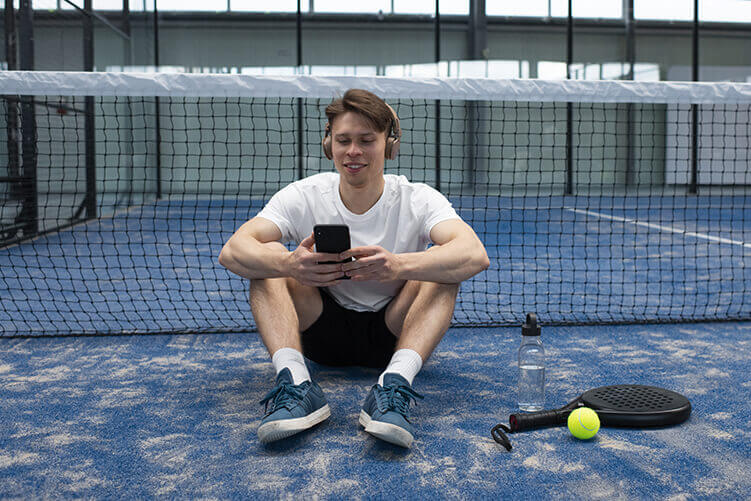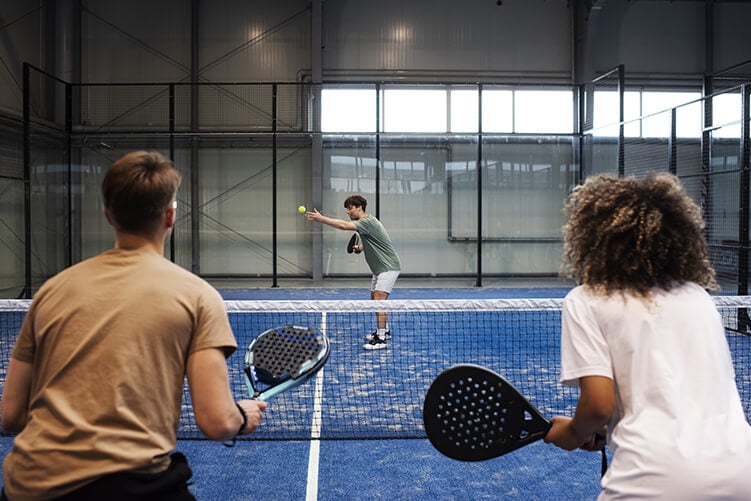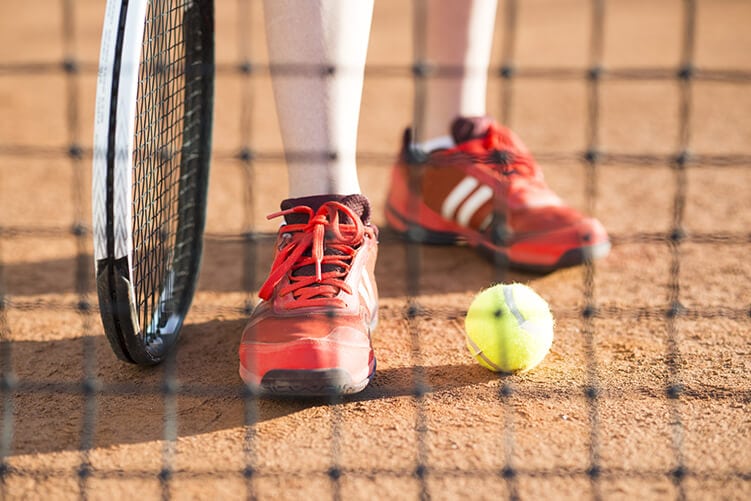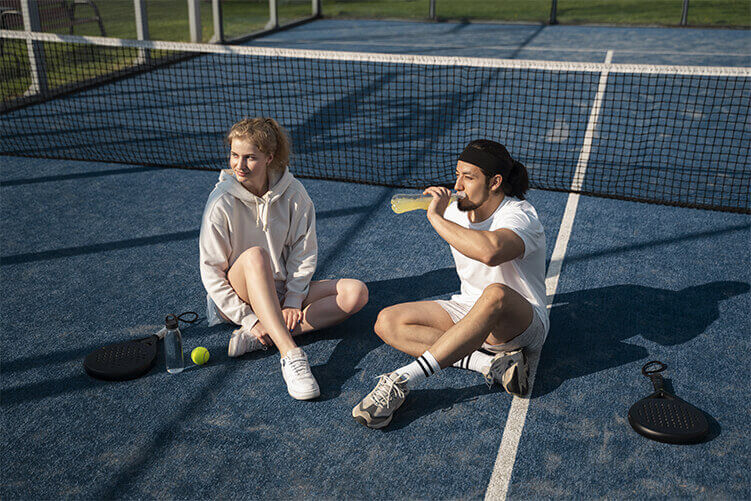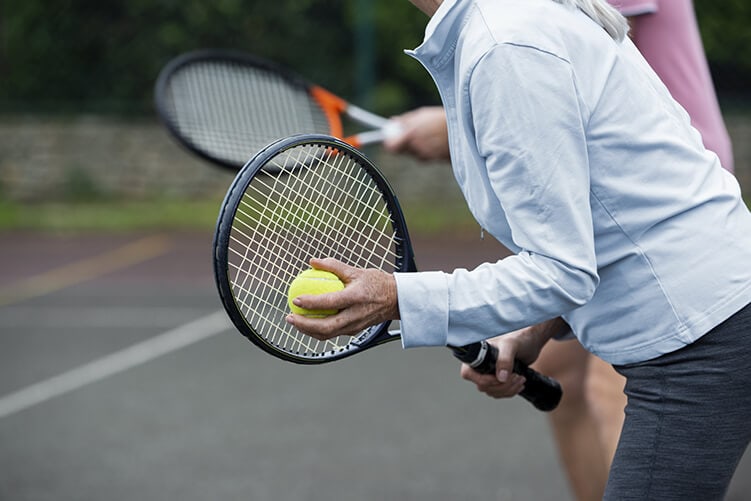Welcome to Just Padel, the major gathering place in Dubai for all Padel fans. You need look no further if you’re looking for the best padel rackets, top-notch teaching, and a thriving club scene.
Offering a wide variety of the best padel rackets in Dubai is something we take pride in. Regardless of your skill level, our wide selection of rackets will meet your needs and improve your performance on the court.
But it doesn’t end there. We have a staff of experienced padel coaches in Dubai ready to help you along the course. Their training programs are customized to enhance your technique and elevate your abilities, thanks to their extensive expertise and experience.
To immerse yourself fully in the exciting sport of padel and meet other players, joining Dubai’s thriving padel club scene is one of the best ways. Just Padel serves as the hub of this community, providing private access to the best Padel clubs in Dubai and Abu Dhabi.
So, Just Padel is the best place for Padel enthusiasts in Dubai to go, whether they are looking for the best Padel rackets, professional teaching, or a vibrant Padel club. Visit us and get a first-hand look at the thrill of padel.
Discover the Best Padel Rackets
Just Padel is the only place you need to search for the greatest Padel rackets in Dubai. Our wide selection of excellent rackets will help you advance your game.
At Just Padel, we recognize that your performance on the Padel court mostly depends on your choice of racket. Our selection of padel rackets is limited to top brands in the market because of this.
We have rackets in our collection to suit every skill level of player. We have the ideal racket for everyone, whether you’re a novice trying to get started or an experienced player looking to enhance your gear.
Our padel rackets are meticulously made to provide the best possible power, control, and maneuverability. Their outstanding performance and durability are guaranteed by the cutting-edge technologies and materials used in their manufacture.
At Just Padel, our knowledgeable staff can assist you in the selection process so you may pick a racket that best fits your tastes and playing style. To guarantee a flawless fit, we will consider elements like weight, balance, grip, and head shape.
By selecting the ideal padel racket for your style of play, your performance, technique, and enjoyment on the court can all be improved.
Professional Padel Instruction & Guidance in Dubai
To help you reach your goals and improve your skills on the Padel court, Just Padel in Dubai offers individualized training programs and top-notch coaching from our highly skilled coaches.
Qualified Coaches with Extensive Experience
Our padel coaches in Dubai possess extensive training and expertise in the sport. They can give you insightful tips and strategies to help you play better because they understand the game inside out. Our coaches are here to help you every step of the way, whether you’re a novice trying to pick up the fundamentals or an experienced player looking to hone your skills.
Tailored Training Programs
At Just Padel, each player is unique, with unique skills and places for improvement. Our training programs are customized to fit your specific needs. Our coaches assess your current performance level, identify areas for growth, and create a comprehensive training plan to help you achieve your potential. With our personalized approach, you can ensure you receive the guidance and education needed to excel in paddling.
Take Your Game to the Next Level
Our Padel coaching and training services aim to help you develop your game, no matter what your goals are, whether playing recreationally or competing at a professional level. Our coaches will concentrate on honing your technique, strengthening your game plan, and increasing your general stamina and court agility. With their professional advice and assistance, you will be able to achieve your paddling goals and level up your game.
Thrive in the Vibrant Padel Club Scene in Dubai
Padel players of all skill levels can find a vibrant and engaging community in Dubai’s Padel Club scene. At the heart of this culture is Just Padel, which provides a place for players to gather, engage in competition, and socialize.
When it comes to padel clubs in Dubai and Abu Dhabi, there are several options available for both beginner and experienced padel players. Access to cutting-edge facilities, qualified instruction, and scheduled competitions are just a few advantages that these clubs provide.
Participating in a padel club enables players to get the most out of the game. Establish connections with like-minded people and benefit from a friendly and competitive environment. These clubs provide the perfect setting whether your goals are to improve your abilities, make new friends, or just enjoy the rush of the game.
Conclusion
Finally, for padel lovers, Just Padel is the place to go in Dubai. No matter your experience level, we have everything you need. Contact Just Padel today to schedule your training sessions and begin your journey to becoming a better Padel player. Visit us and experience the thrill of the chase like never before!

